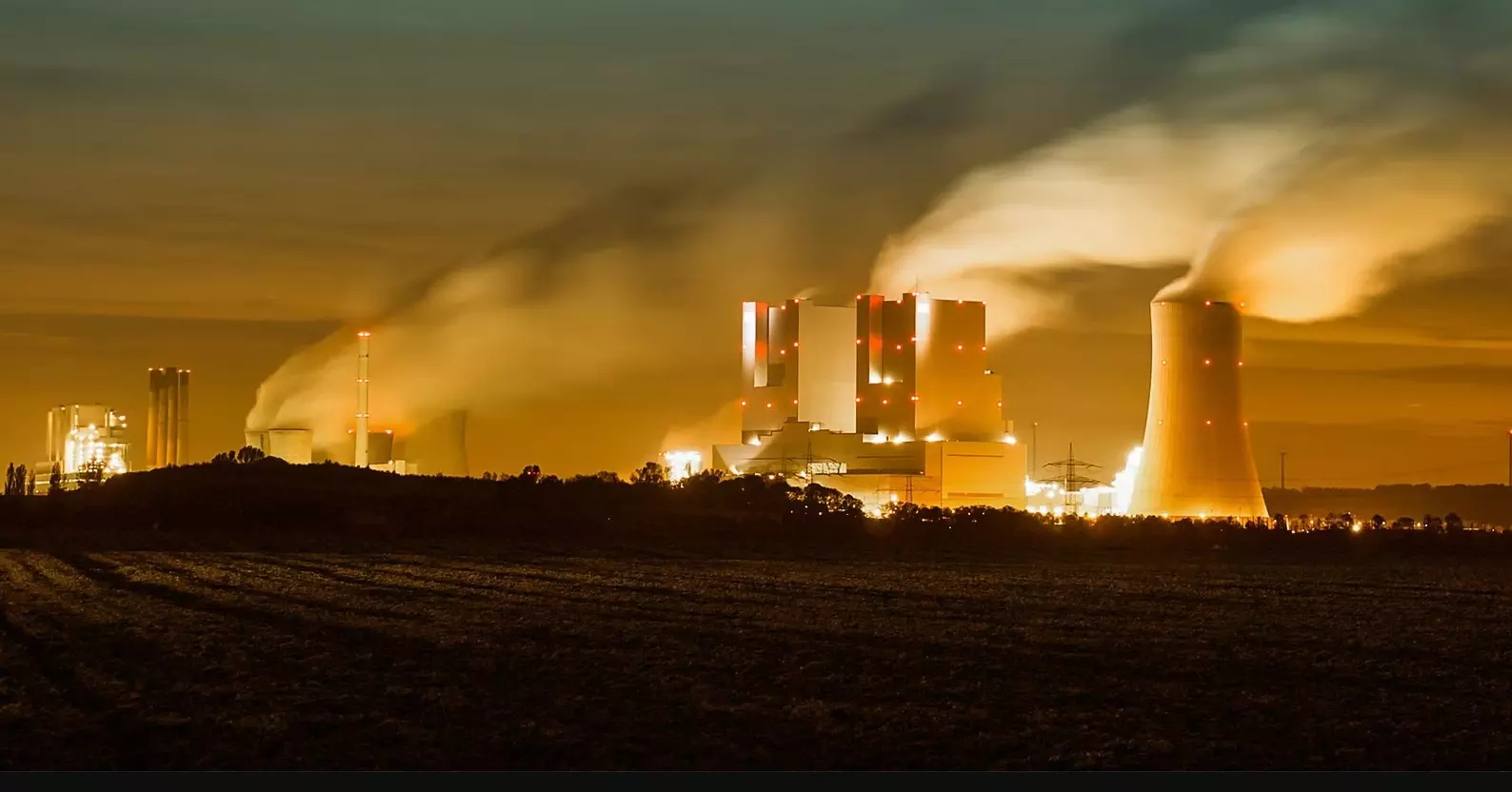Gathering Storm

The spectre of a global energy shock has returned to haunt the world’s markets, and this time, it arrives with sharper teeth and narrower passageways. As Iran threatens to close the Strait of Hormuz in response to recent U.S. airstrikes on three of its nuclear facilities, the geopolitical chessboard of West Asia is once again ablaze with uncertainty. Tehran’s warning, relayed through Iranian media, is not mere rhetoric—it is a credible signal with the potential to disrupt the daily flow of nearly 20% of the world’s oil and gas. The Strait of Hormuz is no ordinary waterway. It is the beating artery of the global energy system, a narrow, strategically vital maritime corridor connecting the Persian Gulf to the Arabian Sea and the wider Indian Ocean. Just 33 kilometers wide at its narrowest point, and with actual shipping lanes of barely 3 kilometers in each direction, the Strait functions more like a geopolitical fuse. It separates Iran to the north from the Arabian Peninsula to the south, and its control has long given Tehran leverage over the world’s energy security. If the strait is sealed, or even seriously threatened, the ripple effects will be felt far beyond the Gulf.
The immediate trigger for this escalation—U.S. strikes on Iran’s nuclear sites—is part of a dangerous chain reaction. Washington, backing Israel’s military campaign, justified the strikes as a “necessary step” to limit Tehran’s nuclear ambitions. But Iran sees this as a declaration of war. Its retaliation, if it includes the closure of Hormuz, would plunge already fraught relations in the region into a deeper crisis. The consequences would be seismic for energy prices, shipping lanes, military postures, and diplomacy. India, however, finds itself better prepared than in the past to weather this storm. Over the last decade, India has steadily diversified its energy portfolio. While nearly 2 million barrels per day (bpd) of the crude oil it imports—out of a total of around 5.5 million bpd—transits the Strait of Hormuz, alternate arrangements have been built into the system. Crude from Russia, Brazil, and even the U.S. has been flowing into Indian ports through routes well removed from the troubled Gulf chokepoint. Russian oil, for example, now reaches India via the Suez Canal or even around the Cape of Good Hope, far from the Persian Gulf. Similarly, while natural gas markets remain regionally constrained due to LNG logistics, India’s gas supply is also relatively insulated. Qatar, the country’s largest LNG supplier, typically uses routes that avoid the Strait of Hormuz. And other major sources—Australia, Russia, and the United States—do not rely on Hormuz at all. This geographical and logistical buffer provides India with the flexibility to source energy even during geopolitical flare-ups. But energy security is not just about the availability of supply—it’s about price stability too. And here lies the rub. Even if India can continue to source fuel, it will likely have to pay more for it in the short term. Analysts already predict oil prices may climb back to $80 per barrel or more, driven by speculation and panic in the wake of Iranian threats. For a developing country like India, where inflation remains a delicate balancing act, a sudden surge in fuel prices can have cascading effects—on transport costs, industrial production, and ultimately, household budgets.
India must also tread carefully in terms of foreign policy. The deepening divide between the West and Iran, and the increasingly assertive role of countries like Russia and China in the region, demands calibrated diplomacy. India has managed to maintain strategic relations with all major players—Iran, the U.S., Saudi Arabia, and Russia. That neutrality, often criticised as ambiguity, is now its greatest strength. It allows New Delhi to talk to all sides and avoid becoming entangled in binary alignments. However, the broader lesson from the Strait of Hormuz flashpoint is this: energy security cannot rely solely on diplomacy and diversification. India must accelerate its long-term transition to renewable energy and cleaner fuels. Strategic petroleum reserves can buy time in a crisis, but true independence lies in reducing fossil fuel dependence altogether. Moreover, the Strait of Hormuz situation underscores the importance of developing regional emergency response frameworks. India must work with countries like Japan, South Korea, and ASEAN partners to build joint contingency plans for energy supply disruptions. It also makes a compelling case for rethinking strategic investments in oil infrastructure and shipping routes closer to home. While Iran’s threatened closure of the Strait of Hormuz may not immediately cripple India’s energy lifeline, it does highlight how vulnerable the global system remains to conflict in a narrow stretch of water. India must remain vigilant, proactive, and agile—both in foreign policy and in its energy strategy. The crisis is a reminder that in today’s world, geography is still destiny—but good planning can turn even chokepoints into opportunities.



